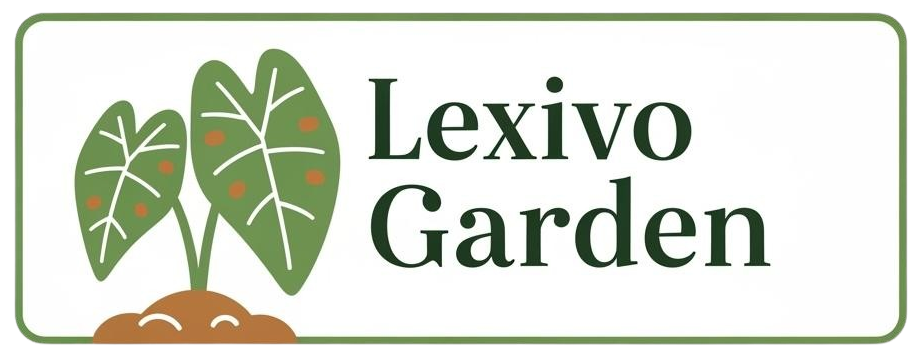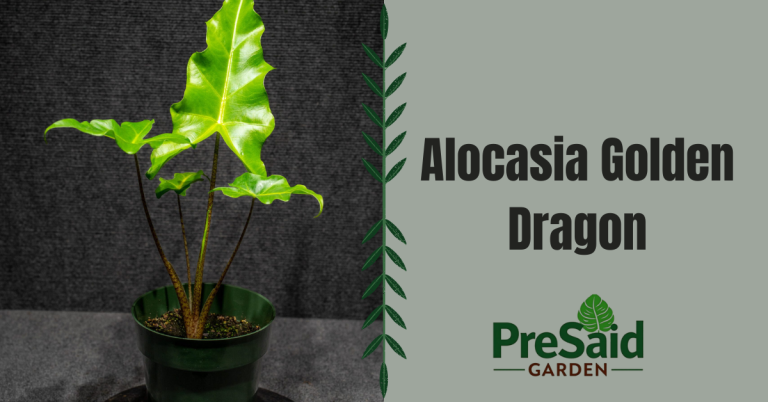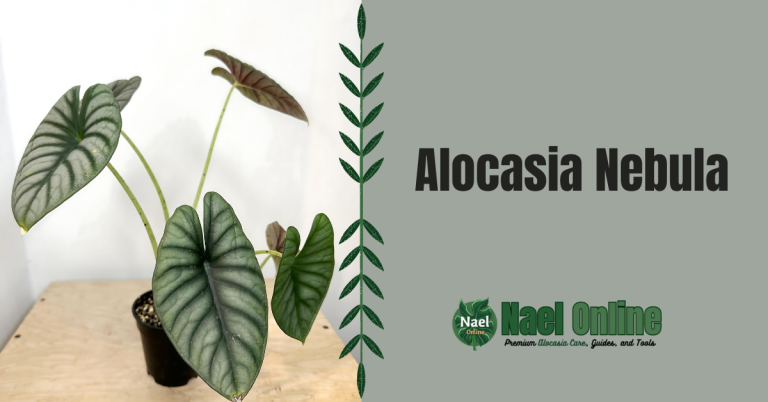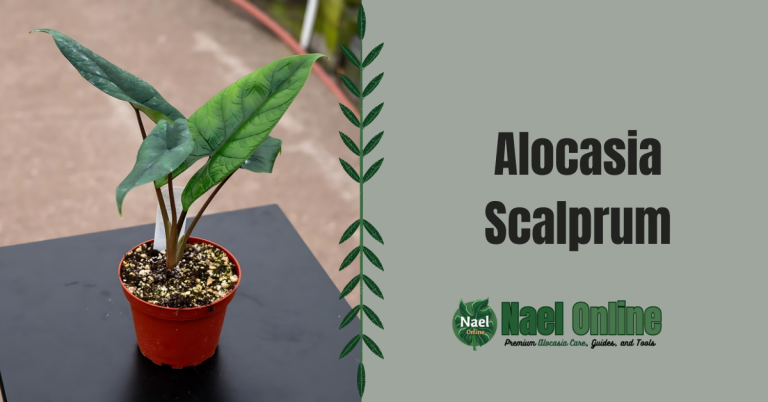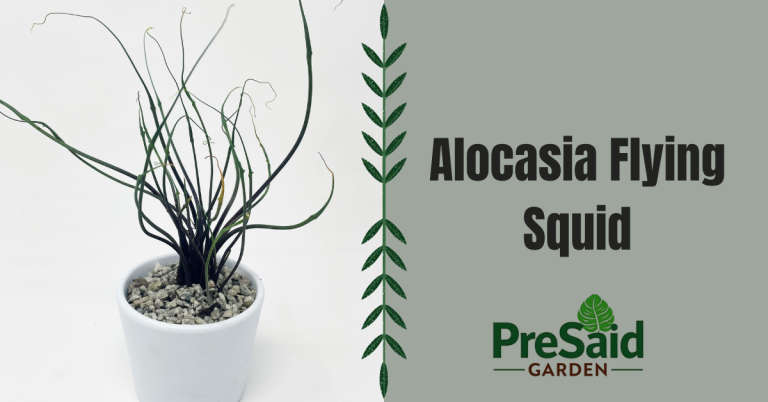How to Grow and Care for Alocasia Imperial Red Indoors

Hey plant lovers! Lucas William here from Lexivo Garden. Today, I’m excited to share my experiences with one of the most stunning houseplants I’ve grown over the past decade – the Alocasia Imperial Red. This majestic beauty has been gracing my home and countless others across the USA with its regal presence. Let’s dive into everything you need to know about this eye-catching plant!
What is Alocasia Imperial Red?
The Alocasia Imperial Red, also known as Alocasia ‘Red Secret’, is a show-stopping tropical plant that’s been gaining popularity among indoor plant enthusiasts. With its large, arrow-shaped leaves showcasing deep green tops and striking burgundy-red undersides, it’s no wonder this plant has earned its imperial title.
Plant Overview
| Aspect | Details |
|---|---|
| Scientific Name | Alocasia x amazonica ‘Imperial Red |
| Family | Araceae |
| Origin | Cultivated hybrid |
| Light Needs | Bright, indirect light |
| Water Requirements | Keep soil consistently moist |
| Soil Type | Well-draining, rich potting mix |
| Temperature | 60-80°F (15-27°C) |
| Humidity | High (60-80%) |
| Mature Size | 2-3 feet tall and wide |
| Toxicity | Toxic to pets and humans if ingested |
Origin, Family, and History
The Alocasia Imperial Red is a cultivated hybrid, likely developed from Alocasia x amazonica, which itself is a cross between Alocasia longiloba and Alocasia sanderiana. While the exact origins of the Imperial Red variety are somewhat murky, it’s believed to have been developed by plant breeders looking to enhance the dramatic coloration and robust growth of Alocasia species.
Benefits of Growing Alocasia Imperial Red
- Air Purification: Like many tropical plants, Alocasia Imperial Red helps clean indoor air by removing toxins.
- Visual Impact: Its large, colorful leaves make a bold statement in any room.
- Mood Booster: The lush, tropical vibe can lift your spirits and create a relaxing atmosphere.
- Low Maintenance: Once you understand its needs, it’s relatively easy to care for.
Appearance and Characteristics
Unique Features
The standout feature of the Alocasia Imperial Red is undoubtedly its foliage. The leaves are large, glossy, and arrow-shaped with prominent veining. The contrast between the deep green upper surface and the rich burgundy-red underside is truly captivating. When new leaves unfurl, they often display a reddish hue before maturing to their final coloration.
Growth Habit and Height
In my experience growing Alocasia Imperial Red, these plants typically reach a height of 2-3 feet when mature, with a similar spread. They have an upright growth habit, with new leaves emerging from the center of the plant. Each leaf is held aloft on a sturdy petiole, creating a layered, architectural look.
Leaf Shape, Texture, and Orientation
The leaves of Alocasia Imperial Red are truly a sight to behold:
- Shape: Arrow-shaped (sagittate) with prominent lobes at the base
- Texture: Smooth and glossy on top, slightly textured underneath
- Orientation: Upright to slightly arching, with newer leaves typically more vertical
- Size: Can reach up to 18 inches long and 10 inches wide
Detailed Caring and Growing Guide

Light Requirements
Alocasia Imperial Red thrives in bright, indirect light. In my home, I’ve found that placing it near an east-facing window works wonders. It can tolerate some direct morning sun, but avoid harsh afternoon rays which can scorch the leaves.
Watering Needs
These plants prefer consistently moist soil, but they’re sensitive to overwatering. I water mine when the top inch of soil feels dry. Use room temperature water and ensure good drainage to prevent root rot.
Soil and Fertilizer
A well-draining, rich potting mix is ideal for Alocasia Imperial Red. I use a mixture of regular potting soil, perlite, and orchid bark for optimal drainage and aeration. During the growing season (spring and summer), I fertilize every 2-3 weeks with a balanced, water-soluble fertilizer diluted to half strength.
Temperature and Humidity
Alocasia Imperial Red prefers warm temperatures between 60-80°F (15-27°C). It’s not frost-hardy, so if you’re in a colder part of the USA like I am in Oregon, keep it indoors year-round. These tropical beauties love humidity – aim for 60-80%. I use a pebble tray and occasional misting to keep the humidity up.
Seasonal Care
- Spring/Summer: This is the active growing season. Increase watering and fertilizing, and watch for new growth.
- Fall/Winter: Growth slows down. Reduce watering and stop fertilizing. Some leaf drop is normal as the plant enters dormancy.
Propagation Guide
I’ve successfully propagated Alocasia Imperial Red through division. Here’s how:
- In spring, carefully remove the plant from its pot.
- Gently separate the rhizomes, ensuring each division has roots and at least one leaf.
- Pot each division in fresh, well-draining soil.
- Keep the soil moist and maintain high humidity until new growth appears.
Pruning Guide
Pruning isn’t typically necessary for Alocasia Imperial Red, but I do remove any yellow or damaged leaves to maintain the plant’s appearance and health. Always use clean, sharp scissors to make clean cuts close to the base of the leaf stem.
Repotting Guide
I repot my Alocasia Imperial Red every 1-2 years, or when it outgrows its current pot. Here’s my process:
- Choose a pot 1-2 inches larger in diameter with good drainage holes.
- Gently remove the plant from its current pot.
- Inspect the roots and trim any that are damaged or rotting.
- Place fresh potting mix in the new pot and position the plant.
- Fill in around the roots with more soil, pressing gently to eliminate air pockets.
- Water thoroughly and place in a spot with bright, indirect light.
Toxicity
It’s important to note that Alocasia Imperial Red is toxic if ingested. The plant contains calcium oxalate crystals which can cause irritation and swelling in the mouth and digestive tract. I always keep mine out of reach of my pets and young visitors.
Common Pests and Diseases
In my years of growing Alocasia Imperial Red, I’ve encountered a few issues:
- Spider Mites: These tiny pests love the undersides of leaves. I treat them with neem oil or insecticidal soap.
- Leaf Spot: Fungal infections can cause brown spots on leaves. I improve air circulation and avoid getting water on the leaves.
- Root Rot: Overwatering can lead to this potentially fatal condition. I always ensure good drainage and let the soil dry slightly between waterings.
Comparison with Other Alocasia Species
While Alocasia Imperial Red is stunning, there are other beautiful Alocasia varieties worth considering:
- Alocasia Polly: Smaller leaves with white veins, easier for beginners.
- Alocasia Zebrina: Known for its zebra-striped stems.
- Alocasia Black Velvet: Smaller variety with velvety, dark leaves.
Each has its unique charm, but the Imperial Red stands out for its size and dramatic coloration.
Where to Buy Alocasia Imperial Red
If you’re looking to add an Alocasia Imperial Red to your collection, you’re in luck! While they can be a bit pricier than some other houseplants, their stunning appearance makes them worth the investment. Prices typically range from $30 to $100, depending on the size and maturity of the plant.
You can find Alocasia Imperial Red at many local nurseries and garden centers across the USA. Online plant retailers are also a great option, especially if you’re having trouble finding one locally. And of course, don’t forget to check out our selection of high-quality plant pots, pruning shears, and fertilizers at Lexivo Garden to give your new Alocasia the best care possible!
Frequently Asked Questions
- Q: How often should I water my Alocasia Imperial Red?
A: I water mine when the top inch of soil feels dry, usually every 5-7 days depending on the season and humidity. - Q: Why are the leaves on my Alocasia Imperial Red turning yellow?
A: Yellowing leaves can be caused by overwatering, underwatering, or lack of nutrients. Check your watering routine and consider fertilizing if you haven’t recently. - Q: Can Alocasia Imperial Red survive in low light conditions?
A: While it can survive in lower light, it won’t thrive. I’ve found that bright, indirect light is best for robust growth and vibrant coloration. - Q: How big will my Alocasia Imperial Red get?
A: In ideal conditions, it can reach 2-3 feet tall and wide. However, size can vary based on care and environmental factors. - Q: Is it normal for my Alocasia Imperial Red to lose leaves?
A: Some leaf loss is normal, especially in fall and winter as the plant enters dormancy. However, rapid leaf loss could indicate a problem with care or environment.
Remember, growing Alocasia Imperial Red is a rewarding experience that brings a touch of tropical elegance to your home. With the right care, this regal beauty will thrive and become a stunning focal point in your indoor jungle.
If you’re ready to start your Alocasia journey or need supplies for your existing plants, don’t forget to check out our curated selection of gardening tools and accessories at Lexivo Garden. Happy growing!
